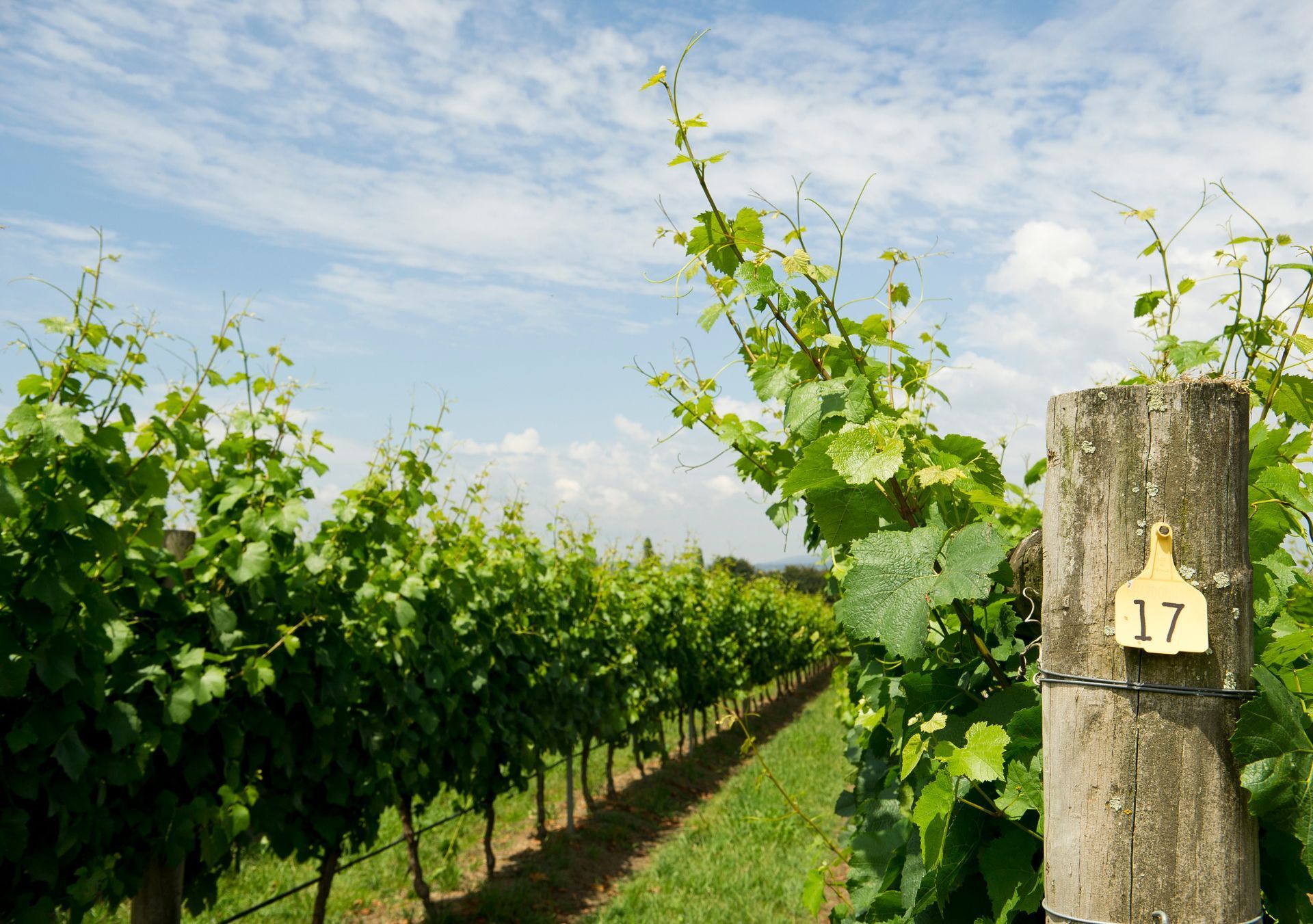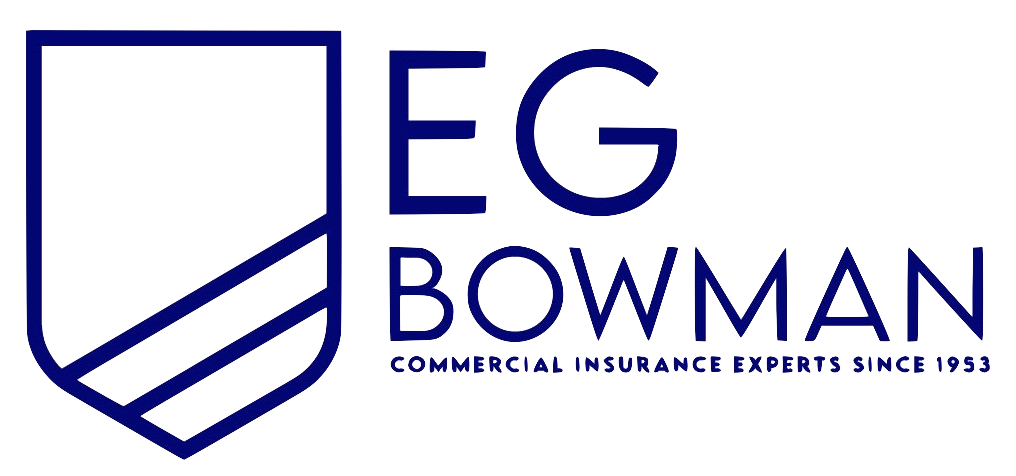
Most Common Business Policies
Index
Contact Us
As the grape industry continues to flourish in New York, winery owners face unique challenges that require specialized insurance coverage. Winery insurance is essential to safeguard against risks associated with winemaking, distribution, and property damage. This article delves into the ins and outs of winery insurance, especially as it applies in New York. Whether you’re a new vineyard owner or have a longstanding operation, understanding the nuances of winery insurance can help you protect your investment.
Understanding the Basics of Winery Insurance
Winery insurance encompasses various coverage types designed to protect the unique risks wineries face. These risks can include everything from property damage due to natural disasters to compliance with state regulations. By securing a comprehensive insurance policy, winery owners can ensure they are financially protected against unforeseen incidents.
Importance of Winery Insurance
The significance of winery insurance cannot be overstated. Wineries face inherent risks, including crop failure, equipment breakdowns, and regulatory challenges. Moreover, liabilities may arise from visitors and employees who may sustain injuries on site. Having an adequate insurance policy provides peace of mind, allowing owners to focus on growing their business instead of worrying about potential financial setbacks. Additionally, wineries often host events such as tastings, weddings, and tours, which can increase foot traffic and the likelihood of accidents. Insurance coverage tailored to these activities can safeguard against claims that may arise from such events, ensuring that the winery remains a safe and enjoyable environment for all.
Key Components of a Winery Insurance Policy
A typical winery insurance policy often includes the following components:
- Property Coverage: Protects the physical assets of the winery, including buildings, equipment, and inventory.
- Liability Coverage: Covers legal costs and damages related to injuries or accidents that occur on the winery premises.
- Crop Insurance: Provides coverage for losses due to natural disasters, pests, and diseases affecting the vineyard.
- Business Interruption Insurance: Compensates for lost income during periods when the winery cannot operate due to a covered loss.
In addition to these core components, many winery owners may also consider endorsements or additional coverage options to further tailor their policies to specific needs. For instance, coverage for equipment breakdown can be crucial, as winemaking relies heavily on machinery that can be costly to repair or replace. Furthermore, product liability insurance is essential for wineries that sell their wines directly to consumers, as it protects against claims related to product defects or health issues arising from consumption. As the industry evolves, staying informed about emerging risks and adjusting insurance coverage accordingly is vital for the long-term success of a winery.

Specifics of New York Winery Insurance
Operating a winery in New York comes with its own set of regulations and requirements. Understanding these specifics is crucial to obtaining adequate insurance coverage tailored for the state’s unique environment. The diverse climate and rich soil of New York provide a perfect backdrop for viticulture, but they also introduce a variety of risks that winery owners must navigate. As such, having a comprehensive understanding of both the operational landscape and the insurance landscape is essential for any winery owner looking to thrive in this competitive market.
New York State Regulations for Winery Insurance
New York has specific regulations that govern the production and sale of wine. These include licensing requirements and mandatory tax obligations. Winery insurance policies must align with New York state laws to ensure compliance. Failing to adhere to these regulations can lead not only to fines but also to gaps in insurance coverage. Additionally, New York’s Alcoholic Beverage Control Law requires wineries to maintain certain levels of liability insurance, which protects both the business and its customers. Understanding these legal frameworks can help winery owners avoid potential pitfalls and ensure they are adequately protected against unforeseen liabilities.
Common Risks Covered by New York Winery Insurance
The risks covered under New York winery insurance policies include:
- Natural disasters such as floods and hail storms that can destroy vineyards.
- Product liability issues resulting from contaminated wine or labeling errors.
- Theft or vandalism that can impact inventory and equipment.
- Litigation costs in the event of lawsuits stemming from accidents on site.
In addition to these common risks, winery insurance can also cover business interruption losses, which can occur due to unforeseen events like equipment failure or severe weather that halts production. This aspect of coverage is particularly vital for wineries that rely on seasonal production cycles, as any disruption can have significant financial repercussions. Furthermore, wineries often host events and tastings, which can introduce additional liability risks; thus, having coverage that includes event liability can safeguard against accidents that might occur during these gatherings. As the wine industry continues to evolve, staying informed about emerging risks and trends is essential for winery owners to maintain robust insurance coverage that meets their specific needs.
Choosing the Right Winery Insurance in New York
Choosing the appropriate winery insurance is critical to ensuring your business is adequately protected. With many options available, it’s vital to consider various factors when selecting a policy.
Factors to Consider When Choosing a Policy
When evaluating winery insurance options, consider the following:
- Coverage Limits: Ensure that the policy provides sufficient coverage limits tailored to the scale of your winery.
- Exclusions: Be aware of what the policy does not cover, as this can significantly affect your financial recovery in the event of a loss.
- Reputation of the Insurer: Research the insurance company’s history, customer service reputation, and financial stability.
- Additional Services: Some insurers offer risk management services and resources, which can be beneficial for your operational needs.
Tips for Comparing Insurance Providers
Comparing insurance providers can be a daunting task, but these tips can simplify the process:
- Request quotes from multiple providers to compare coverage options and pricing.
- Examine policy wording carefully to ensure understanding of terms and conditions.
- Seek recommendations from other winery owners regarding their experiences with different insurers.
- Consult with an insurance broker specializing in winery insurance to obtain expert advice.
Additionally, consider the unique risks associated with operating a winery. For instance, the potential for crop damage due to adverse weather conditions or pests can have a significant impact on your production and revenue. Therefore, policies that include coverage for vineyard loss or business interruption can be particularly advantageous. Furthermore, as your winery grows, you may want to explore additional coverages such as liquor liability insurance, which protects against claims related to the sale of alcohol, an essential aspect of winery operations.
It’s also important to stay informed about the evolving landscape of winery regulations and insurance requirements in New York. Changes in state laws or local ordinances can influence your insurance needs, making it crucial to maintain an ongoing dialogue with your insurer. Regularly reviewing your policy and coverage limits can help ensure that you are not underinsured as your business expands or as new risks emerge. Engaging with industry associations can provide valuable insights and resources to help navigate these complexities, ensuring that you make informed decisions about your winery insurance.
The Cost of Winery Insurance in New York
The cost of winery insurance can vary significantly based on a multitude of factors. Understanding these factors is crucial for budgeting appropriately.
Factors Influencing the Cost of Insurance
Several elements can impact the cost of winery insurance, including:
- Location: Areas prone to natural disasters may attract higher premiums.
- Size of the Winery: Larger operations typically have higher insurance costs due to increased asset coverage.
- Claims History: A history of frequent claims can result in higher premiums, as insurers may view the winery as a greater risk.
- Type of Coverage: Comprehensive or specialized policies may have higher costs due to their extended coverage capabilities.
Ways to Reduce Your Winery Insurance Premiums
While insurance premiums are a necessary expense, there are strategies to help lower these costs:
- Bundle policies with the same provider for potential discounts.
- Increase your deductibles, allowing you to save on monthly premiums.
- Implement risk management practices, such as regular safety training for employees, to minimize potential claims.
- Review and adjust your coverage regularly to ensure it aligns with your current operations and risks.
In addition to these strategies, wineries can also explore membership in industry associations, which often provide access to group insurance plans at reduced rates. By pooling resources with other wineries, members can benefit from lower premiums while still receiving comprehensive coverage tailored to their specific needs. Furthermore, engaging with an insurance broker who specializes in winery coverage can provide valuable insights into the best policies available and help navigate the complexities of insurance options.
Additionally, the implementation of sustainable practices can not only enhance the winery's reputation but may also lead to lower insurance costs. Insurers are increasingly recognizing the value of environmentally friendly operations, which can mitigate risks associated with natural disasters and liability claims. For instance, wineries that invest in modern irrigation systems or renewable energy sources may find themselves eligible for discounts, as these measures can reduce the likelihood of water damage or energy-related incidents.

Claims Process for Winery Insurance in New York
Understanding the claims process is essential for any winery owner. This knowledge can expedite recovery in the event of a loss to your property or business.
Steps to Filing a Winery Insurance Claim
To file a winery insurance claim, follow these steps:
- Notify your insurance provider promptly about the incident.
- Document the damage thoroughly, including photographs and written descriptions.
- Complete any required claim forms and provide requested supporting documentation.
- Maintain communication with your insurer throughout the claims process.
Understanding the Claims Review and Payout Process
Once a claim is filed, insurers will review the submitted documentation to assess the validity of the claim. They'll determine the extent of coverage based on the policy details. The payout process can vary, with some claims being settled quickly, while others may take longer due to investigations or negotiations. Understanding how your insurer handles claims can help set expectations during this crucial period.
It’s also important to be aware of the specific types of coverage that may apply to your winery. For instance, if your winery sustains damage due to a natural disaster, your policy might include provisions for business interruption, which can help cover lost income during the recovery phase. Additionally, wineries often face unique risks, such as spoilage of inventory or damage to equipment, which can necessitate specialized coverage options. Familiarizing yourself with these nuances can make a significant difference in the claims process and ensure that you are adequately protected.
Moreover, maintaining detailed records of your inventory, equipment, and even the processes involved in winemaking can be invaluable when filing a claim. In the event of a loss, having organized documentation can expedite the claims process and help substantiate your claim. This proactive approach not only aids in swift recovery but also reinforces your position when negotiating with your insurer. By taking these steps, you can mitigate stress and focus on rebuilding your business after an unfortunate incident.
